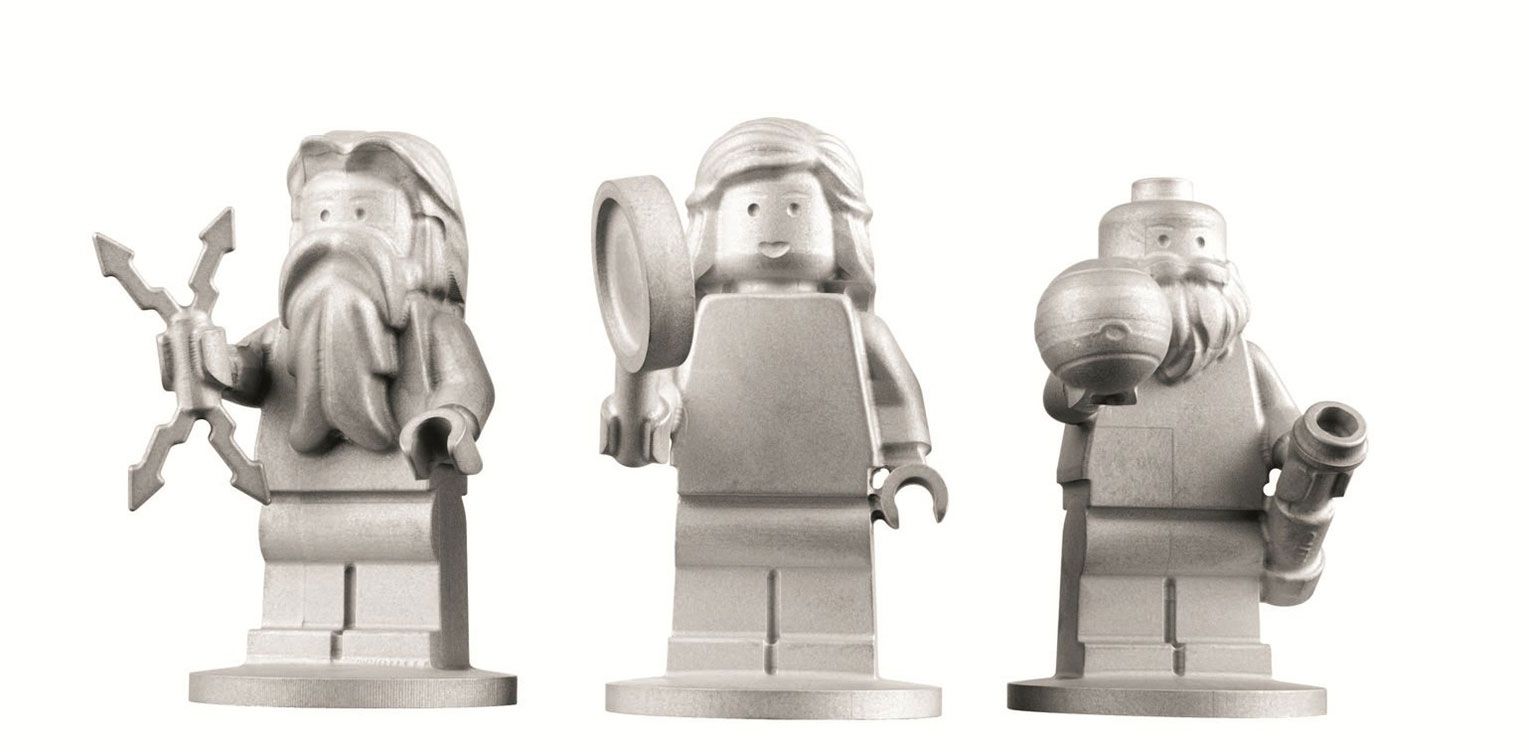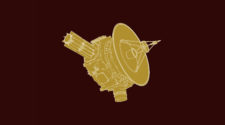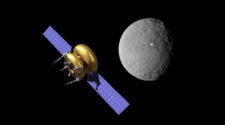
After traveling for five years, three Lego minfigs from Earth reached the planet Jupiter this summer. Traveling onboard a spacecraft named Juno, these are the first Lego minifigs to visit the largest planet in our solar system. Specially made from aluminum, they are designed be able to withstand the volatile conditions for 37 planned orbits around Jupiter.
The three minifigs represent the god Jupiter, his wife Juno, and the great scientist Galileo, who observed moons orbiting Jupiter over 400 years ago.
What is the significance of these three particular ambassadors, and what secrets do they hold in their little Lego claw hands?
The first Lego minifig is a likeness of the god Jupiter, the Romans’ mythical king of the gods. Indeed, Jupiter the planet is massive. Jupiter has two and half times more mass than all the other planets in our solar system. It is so massive that the center of gravity between the Sun and Jupiter (known as the barycenter) lies outside the Sun, causing the Sun to wobble slightly. Jupiter’s magnetosphere is so large the Sun could easily fit inside it. Jupiter the planet is an imposing place. It is one of the most extreme environments in our solar system, a cauldron with dangerous radiation, powerful gravity, massive clouds, and awesome ancient storms and aurorae.
Jupiter, the god, was also known as the Norse god Thor from which we get the name Thursday. The Greek name for Jupiter was Zeus, the god of sky and thunder. This designation is fitting since Jupiter, after our own Sun, Moon and Venus, is the brightest object in the sky. Well known to the ancients, Jupiter was described as wandering star (planetai in Greek), which is where we get the word planet. Jupiter, the planet, contains within it the secrets of the formation of our solar system. Jupiter, the Lego minifig onboard Juno, has a long thick god-like beard, and he holds in his right hand bolts of lightning, threatening to annihilate anyone who dares approach.
The second minifig onboard the Juno spacecraft is a likeness of a balding old man, holding in his right hand a model of the planet Jupiter, and in his left hand, a new instrument that had been invented only two years before by Hans Lippershey. The instrument is called a telescope and the old man of course is Galileo Galilei, who at the age of 56 revolutionized religion and science by observing that Jupiter had moons orbiting around it, validating the heliocentric model of the solar system. Galileo’s discovery was earth-shattering, in that it replaced the idea of Earth being the center of all things. For the first time, humans had the means to observe objects orbiting a body outside of the Earth or Sun. The telescope in the Galileo minifig’s left hand signifies the human quest for knowledge, while his right hand balances the mysterious planet Jupiter. The telescope was not only a technical advancement, but an essential tool that when turned to the heavens “made measurable what is not so.”
The third and final Lego minifig on board the Juno spacecraft is the likeness of the goddess Juno herself. She had the power to peer into her wayward husband Jupiter’s shenanigans, which he kept from Juno’s sight by obscuring himself in clouds. Juno used her power to peer through the clouds, and gained knowledge and insight about Jupiter. Juno, the Lego minifig holds in her right hand a magnifying glass, symbolizing her ability to look closely at what was once obscure.
The Lego Jupiter minifig holds lightning to symbolize the power and mysteries of the planet Jupiter. The Lego Galileo minifig casts his eye upon Jupiter from far away, and from 400 years ago through a telescope. Now, Juno the spacecraft, standing on the success of science and innovation, brings us closer to Jupiter than we could have imagined not that long ago. The minifig Juno’s magnifying glass symbolizes the array of advanced and sensitive instruments onboard the Juno spacecraft, which will help us answer some of the important questions about the nature and formation of Jupiter. Juno represents the best of human kind, of looking carefully and closely at something. Quoting Galileo, “Facts which at first seem improbable will, even on scant explanation, drop the cloak which has hidden them and stand forth in naked and simple beauty.” This is the cloud that that the Lego Juno promises to unveil with her magnifying glass.
“All truths are easy to understand once they are discovered; the point is to discover them.” -Galileo
The Lego figures onboard the Juno spacecraft are a nod to our humanity, using both myth and science as a way to name, explain and understand phenomena. The instruments they hold are a symbol of the methods and tools we use to discover the truth about ourselves. Just as a telescope was an instrument used by Galileo to radically revolutionize our understanding of our place in the universe, so the scientific instruments held by the Juno spacecraft are a modern-day equivalent of expanding our knowledge. Galileo holds in his hand a telescope, to give us a radical new view from far away, and to plant in our minds the idea of deeper knowledge as we search for Truth. Juno holds in her hand the instruments for us to see up close how Jupiter was formed, and by extension, insight on how our own home planet came to be. These Lego ambassadors tell the story of our journey from myth, to insight, and ultimately, to understanding.



